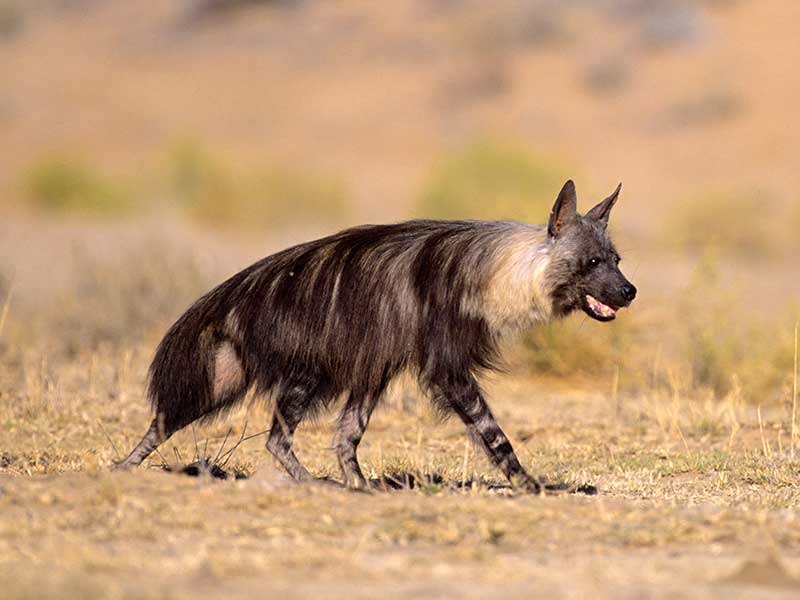Projects
Canines For African Nature – Projects
These recent projects demonstrate the power and promise of conservation detection dogs in Africa, highlighting just a fraction of what is possible when expert ecologists team up with trained canines to find what the eye can’t see—and protect what is too often overlooked. Visit the About page for a full list of services we provide.
On the Trail of Tiny Predators
Target Species:
Black-footed Cat (Felis nigripes)
We are pioneering the detection dog–assisted survey of the black-footed cat, Africa’s smallest and most elusive felid. Our dogs have located hundreds of scats for noninvasive genetic identification of individuals, allowing us to estimate population size, gene flow, and habitat use across fragmented landscapes.
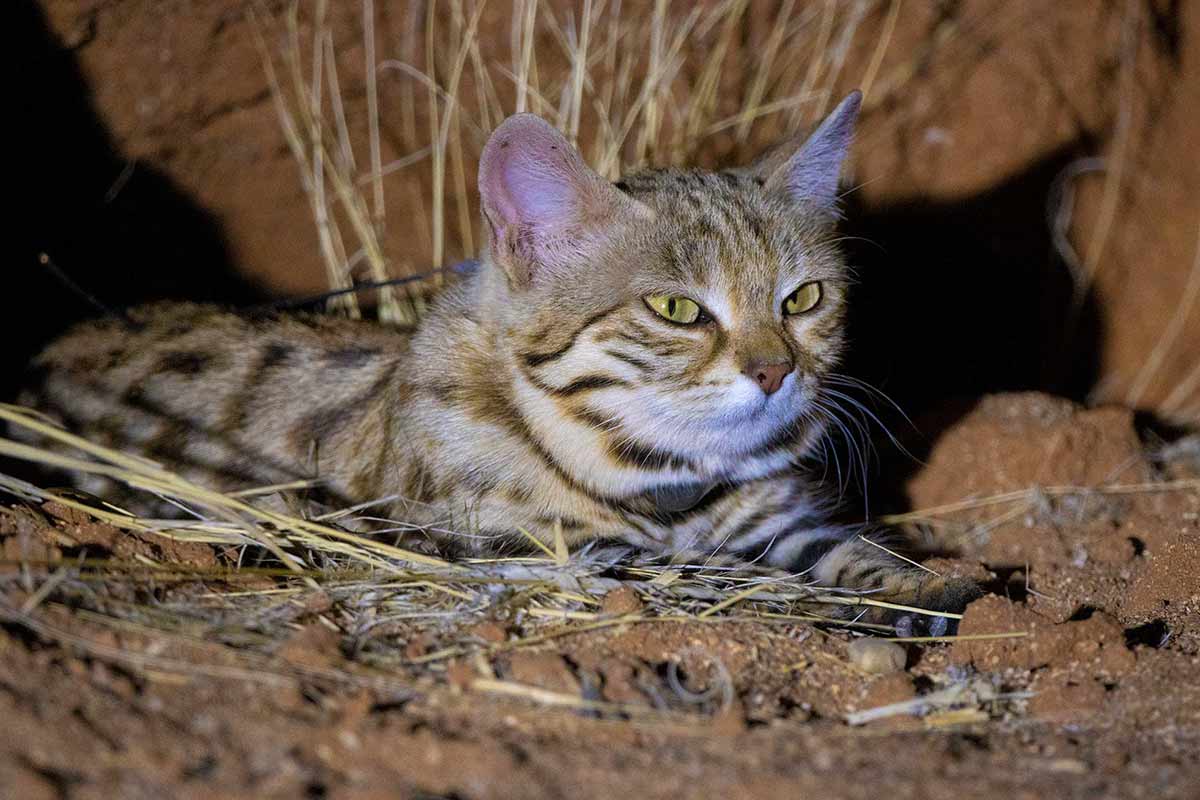
Pango Dogs: From Field to Forensics
Target Species:
Temminck’s Ground Pangolin (Smutsia temminckii)
Using conservation detection dogs and eDNA from tracks and scat, we are working to build a noninvasive monitoring system for pangolins—a group often trafficked before they’re ever scientifically documented. We aim to support trade traceability and conservation planning through field-validated survey protocols and molecular tools.
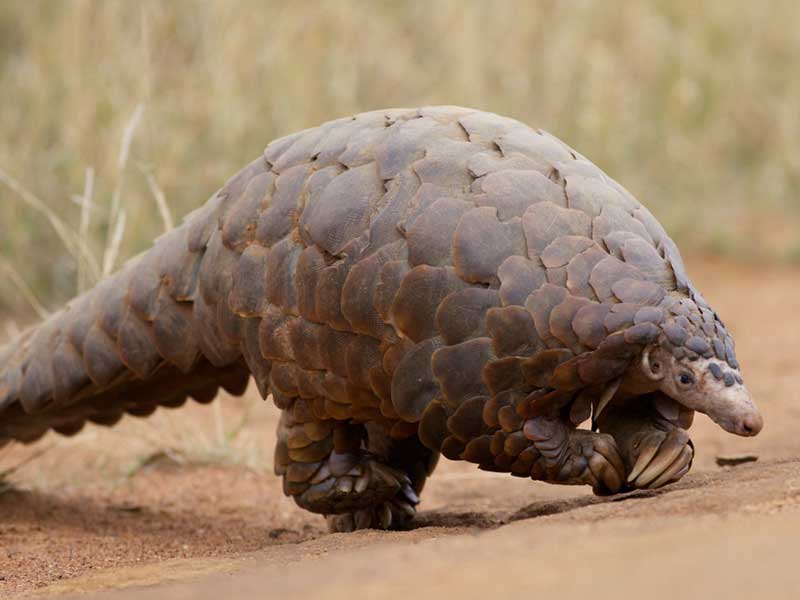
Spotting Elusive Cats
Target Species:
Cheetah (Acinonyx jubatus)
Cheetahs occur at very low population densities and do not typically use game trails, making them particularly difficult to monitor. Identifying cheetah scent-marking sites with detection dogs is crucial for camera trapping and individual identification. This approach helps inform cheetah population status.
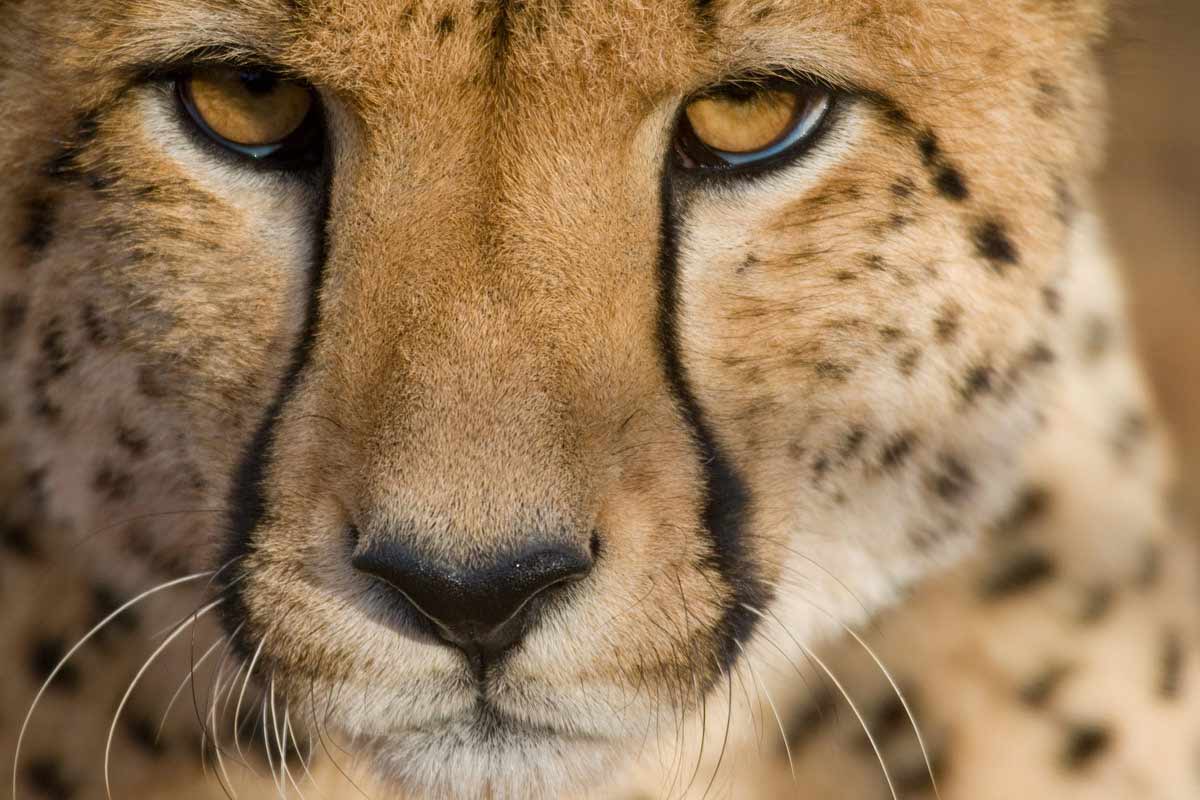
Vanishing Hoppers
Target Species:
Riverine Rabbit (Bunolagus monticularis)
We conduct environmental impact assessments for Riverine Rabbits and other Species of Conservation Concern using a multi-method approach that includes the use of trained scent detection dogs. Our canine partners are highly effective at locating subtle signs (dung) left by elusive and often locally rare species. By identifying the presence of small, remnant subpopulations, we help ensure that proposed developments avoid sensitive habitats and do not negatively impact these threatened animals. This work is essential for conserving biodiversity in landscapes where habitat fragmentation and other pressures pose ongoing challenges
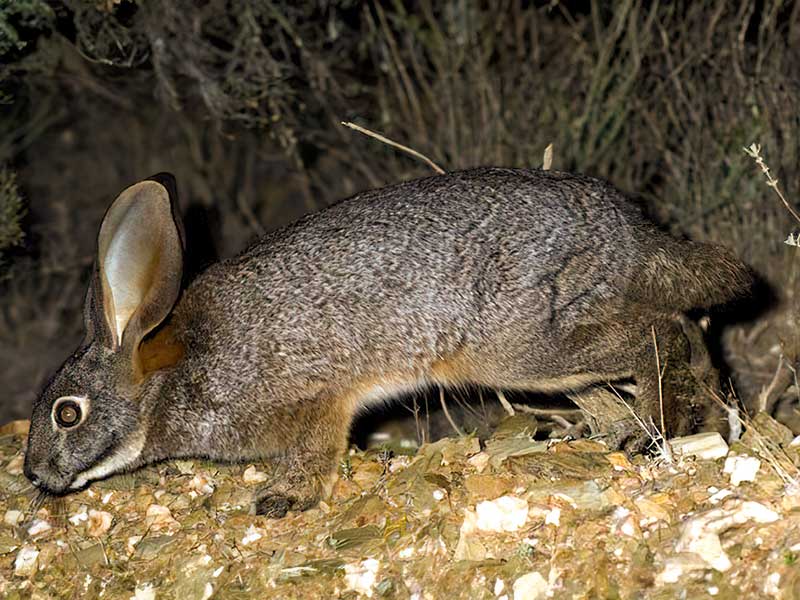
Sniffing Out Shadows: Blue Duiker, Brown Hyena & More
From tiny forest antelopes to wandering scavengers, our teams support a growing number of non-invasive population studies for poorly monitored species. We tailor our detection protocols to target each species’ ecology, habitat, and research needs.
